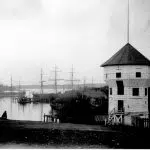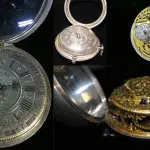
Whale families bring along calf on return trip to traditional feeding grounds in B.C.
ALERT BAY, B.C. — Two northern resident killer whale families brought along a baby as they returned for the first time in 20 years to their traditional winter foraging grounds in British Columbia waters.
Jared Towers, a scientist with the Fisheries Department, said he spotted the group, collectively known as A5, this week in the Broughton Archipelago, where they once fed on chinook salmon before being driven out by deafening acoustic “harassment devices” installed by fish farms.
They were meant to deter sea lions and seals, but the noise also kept orcas out of the territory that they have now reclaimed, Towers said, adding the devices were removed several years ago because of their negative impact on killer whales.
“They just stopped using the area altogether for over two decades and now it’s a sign of hope that they’re revisiting these territories and perhaps feel safe enough going back into those waters,” he said of the group of islands near Alert Bay.


